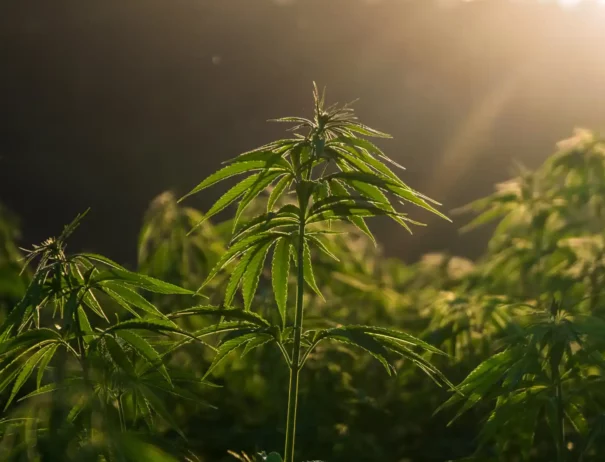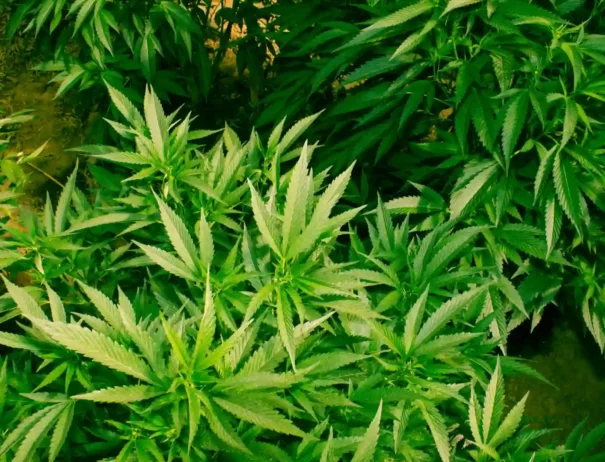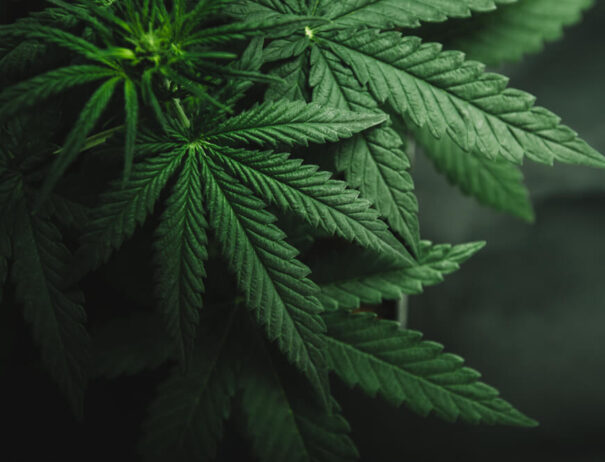Is the cannabis industry focusing too much on THC potency?
As more states move toward increased access to legal cannabis products, the question of THC potency continues to permeate lawmaking discussions and marijuana production alike. MJBiz Daily recently explored this issue in a compelling two-part series.
THC, or tetrahydrocannabinol, is the main addictive psychoactive component in marijuana products. Also referred to as Delta-9, THC is what makes cannabis products “potent,” as it affects the parts of the brain that are responsible for pleasure, memory, and thinking. The UN Convention on Psychotropic Substances moved THC from a Schedule I component to a Schedule II component in recent years, and talks of moving it to Schedule III are ongoing.
Oftentimes, marijuana producers aim to cultivate a flower with a THC level of no less than 20%. Some customers will pay top dollar for flowers with even higher THC levels, as these products tend to be more potent. Because of this, a cannabis product’s THC level has become nearly synonymous with its value.
Marijuana cultivation experts have called this line of thinking faulty, noting there are other factors that play a role in determining a cannabis product’s quality. Many licensed sellers are unaware of specific production methods. This disparity in communication between lab and dispensary has created something of a misconception about the many important factors which go into the cultivation of marijuana products.
The same goes for consumers. Sellers and shoppers alike aren’t accustomed to many options when it comes to active components in marijuana products; for many, the only question is whether to purchase a flower that is indica, sativa, or a hybrid of the two. Because of the way these products are marketed, it’s rare for dispensaries or their customers to consider many other factors outside flower type and THC level.
A Potential Solution
It would be easy to point to the federal implementation of an educational framework for marijuana sellers as a solution, but the problem begins long before flowers make their way to the shelves of licensed stores. Many state regulators have created no provisions for testing these products for terpene and minor cannabinoid levels, so any information more nuanced than flower type and THC level is largely unavailable.
Moreover, dispensaries in many states have been forced to use THC potency as their singular indicator of quality, as privately-run labs don’t have the same capacities for testing as state-run cultivators. This is harmful in two ways. Many times, the limited testing mechanisms these labs have access to are reporting inaccurate THC levels in their products. Additionally, it contributes to the misconception that THC is the sole indicator of value in cannabis products.
In fact, some lawmakers have expressed aims to implement provisions to create state-run testing facilities so that private labs can report more accurate THC levels. This would be helpful to dispensaries who wish to properly advertise the levels of THC contained in their products, but it would also create opportunities for the state to regulate the amount of the addictive component consumers can access in privately-run dispensaries.
The Danger of High THC Levels
Some have expressed concerns over marijuana products containing high levels of THC, claiming the sale of these addictive products negatively impacts consumer safety. Others are more skeptical of dispensaries that boast products with such high THC levels, as they are extremely difficult to manufacture.
It is unclear whether states will address these issues by implementing state-run testing facilities or by limiting the level of THC for state and private manufacturers alike, but many recent legalization discussions have taken this issue into account.
Other Components in Cannabis Products
There are several factors that are responsible for the overall experience a customer might have with a cannabis product. Although potency is one of the most obvious indicators of the high a product might create, there are many other factors at play, as well.
Terpenes are what give cannabis products their aromatic characteristics and can play a part in determining how a product tastes and smells. Because of this, a flower with a lower THC level and a higher number of terpenes can create a more natural, calming experience than a product with a high THC level.
Additionally, the level of CBD, or cannabidiol, in a product can dramatically affect its potency. CBD is not addictive, nor is it the psychoactive component in cannabis products, so it doesn’t produce a high as THC does. The component does, however, relieve stress and create a calming effect.
Another component that can have a significant impact on the quality of a marijuana product is the flavonoids contained in cannabis. Like CBD, flavonoids have many beneficial effects on human health. A flavonoid is a component found in many plants which acts as a therapeutic agent when isolated. Because of this, many CBD products are paired with high flavonoid levels, as the non-active ingredients both work to improve health while reducing stress.
What’s the future for determining the quality of cannabis products?
If sellers and buyers were better equipped to understand the more nuanced elements of marijuana products, they might find a broader spectrum of experiences to be had with these products. Although THC potency is certainly indicative of the kind of high one might achieve from a cannabis product, properly educating oneself about the other components at play can create a new and exciting range of experiences.
There are, however, dangers with favoring any one of these other factors too highly, as terpene or flavonoid levels can just as easily become new selling points for cannabis dispensaries. The industry will have to take several measures to prioritize consumer safety while also ensuring a high-quality product.
If labs were to more accurately report the levels of THC contained in certain products, dispensaries, and their sellers would be better able to understand the way they experience the active component. Additionally, the introduction of state-run labs could help regulate the way marijuana products are cultivated and marketed. This could help consumers as they learn more about the components which contribute to their overall marijuana experience.
It’s a fascinating time in the cannabis industry, and Cannabutter Digest is excited to share the latest news with you. But wait, there’s more! Explore our site for tons of amazing recipes, product reviews, and educational materials!
Related Post:

Get Your Free eBook!
Download our FREE resource, The Ultimate Edibles Guidebook, full of recipes, infusion tips and everything you need to make your first batch of edibles today!



